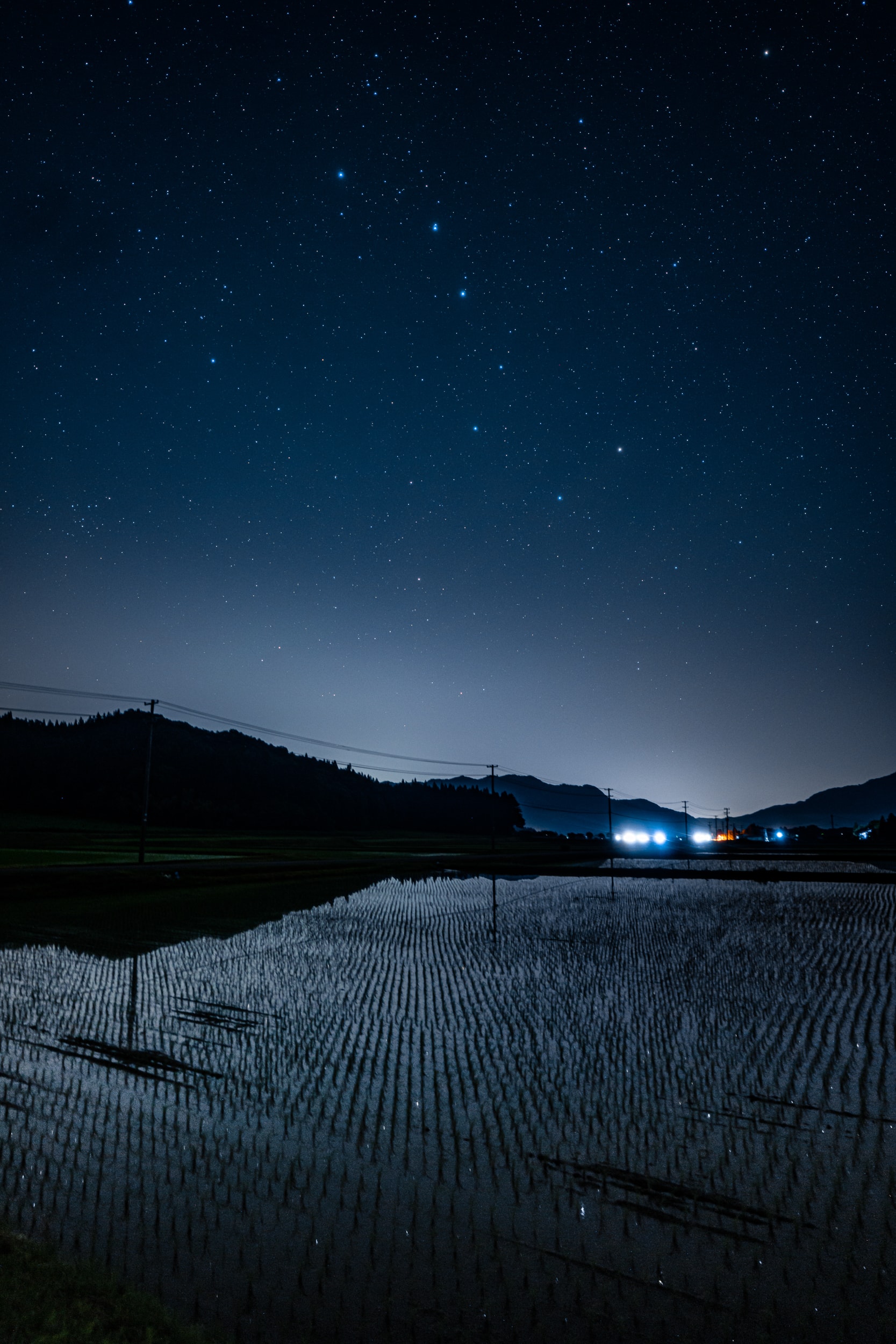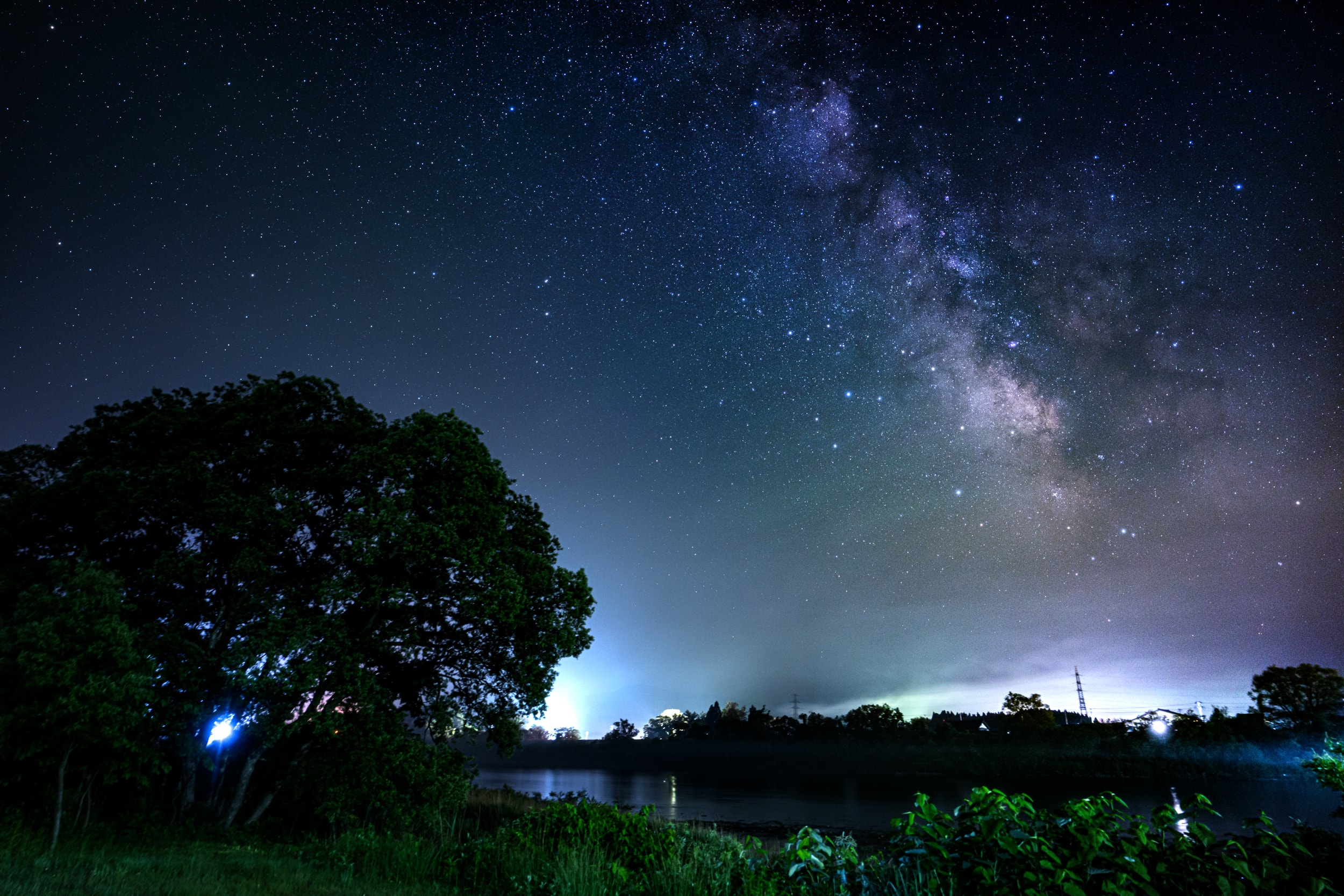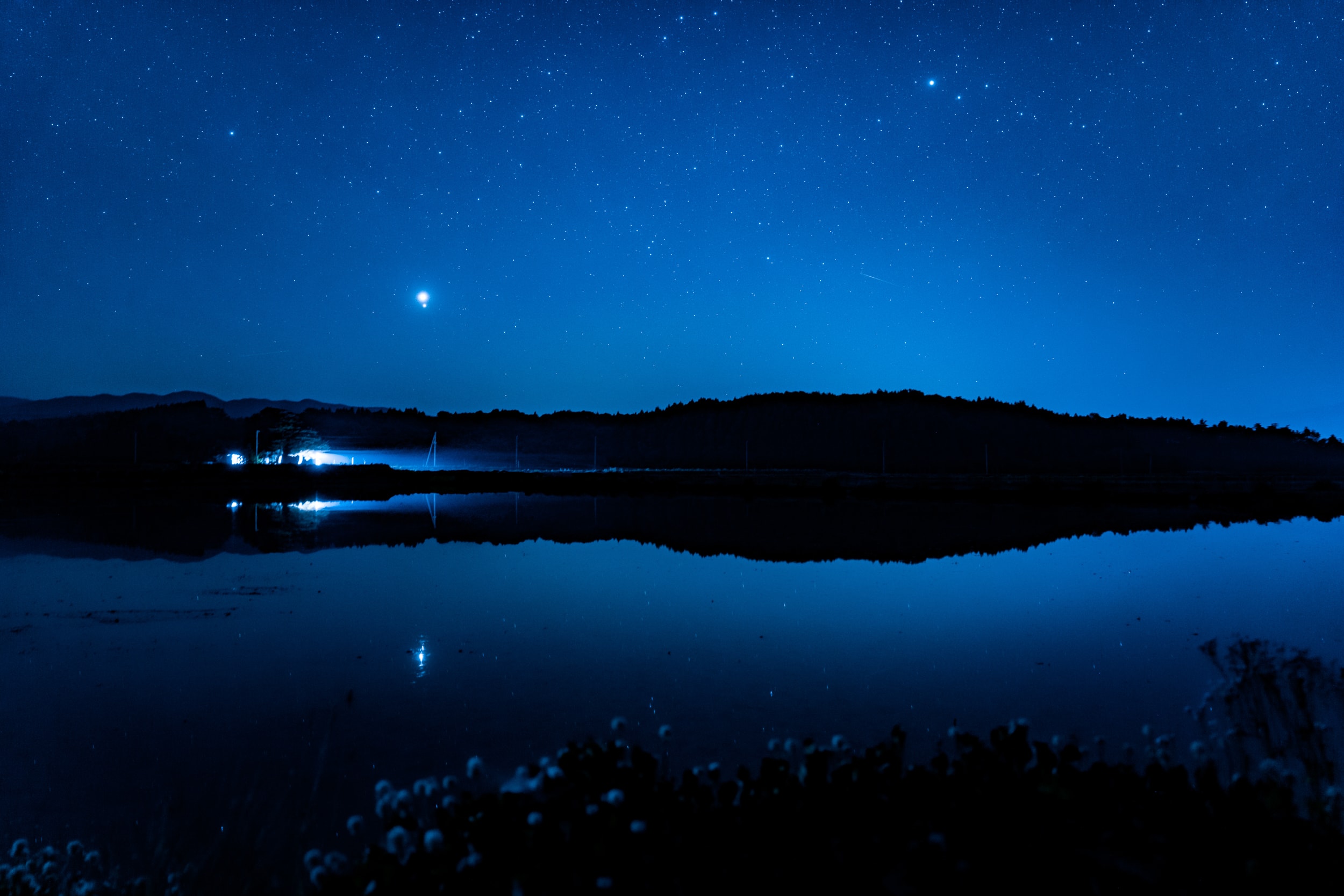Capturing the night sky in depths
beyond human reach
Numazawa Shigemi
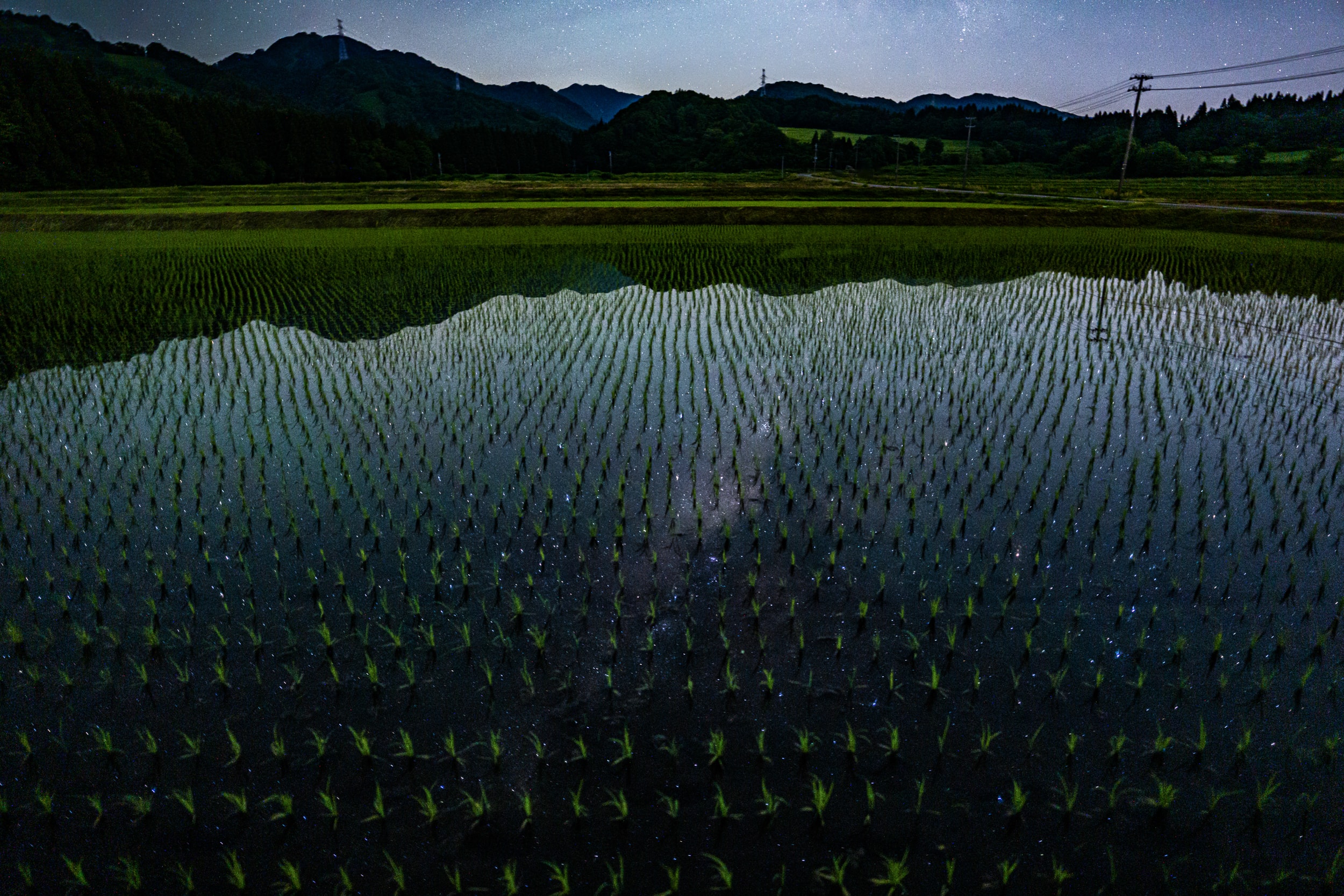
SIGMA 20mm F1.4 DG DN | Art, Sony α1, ISO 2500, F1.4, 30s
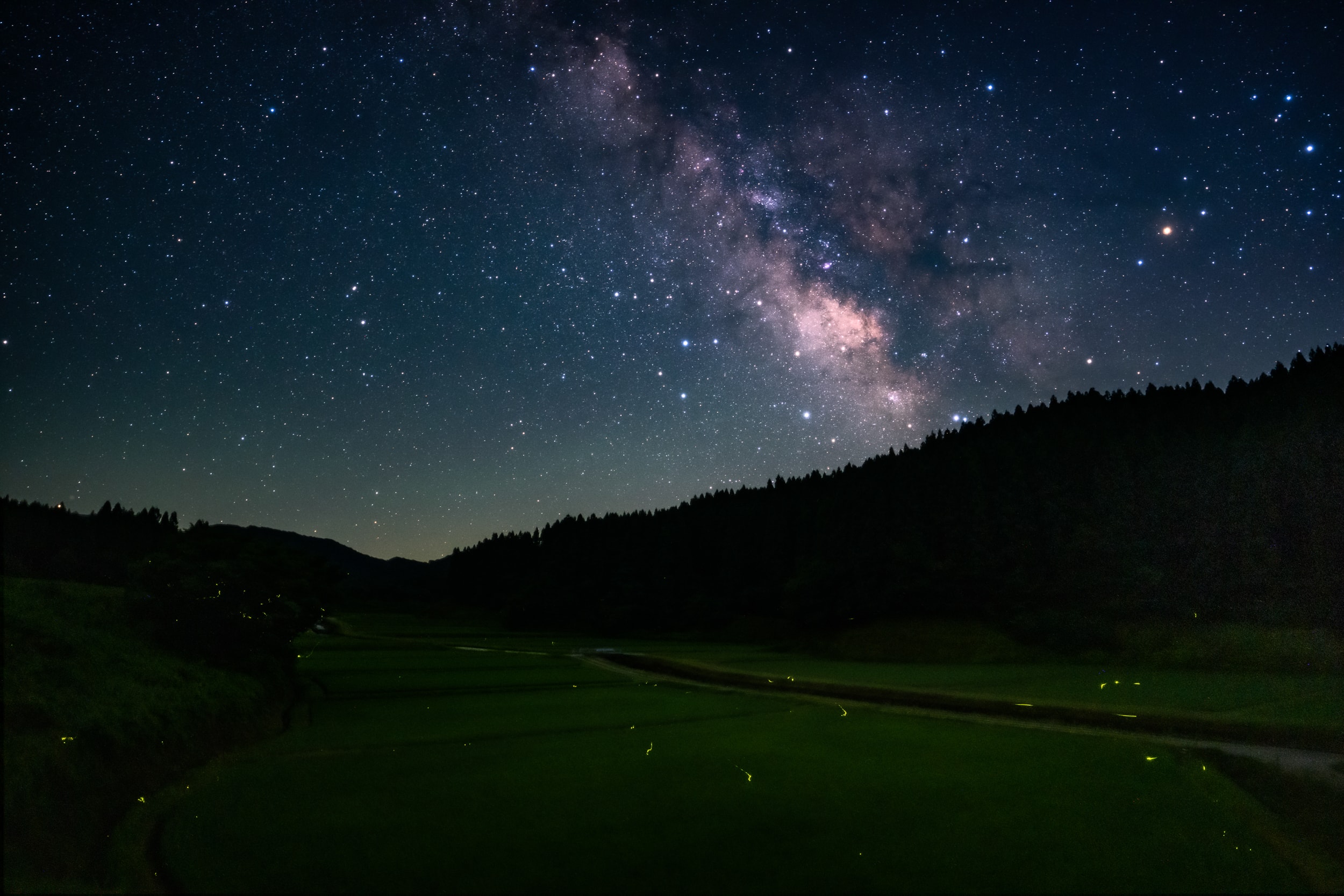
SIGMA 20mm F1.4 DG DN | Art, Sony α1, ISO 3200, F1.4, 20s

* The images without photograph data have been created
with other lenses other than SIGMA 20mm F1.4 DG DN | Art.
Photographing at night means capturing sceneries using only a 400th of the light available during the daytime. To make the most of the little light that is around at night, it is best to use large-aperture lenses and cameras with excellent light sensitivity. Photographing with long exposures may seem like a great way to give the weak light from the stars enough time to accumulate on the camera's sensor but the natural reality of our universe makes this rather difficult. The night sky is in constant movement as the planet we inhabit continues to rotate. Tools like equatorial mounts help the camera follow the movement of the stars, but while this may allow you to stop the stars, so to speak, now the landscape itself begins to move in your picture and becomes blurry. In order to create clean and clear photographs at night that capture what the eye can see, the exposure time should stay below thirty seconds. Fortunately, the high technical standards of today's advanced cameras and lenses make this a possibility.

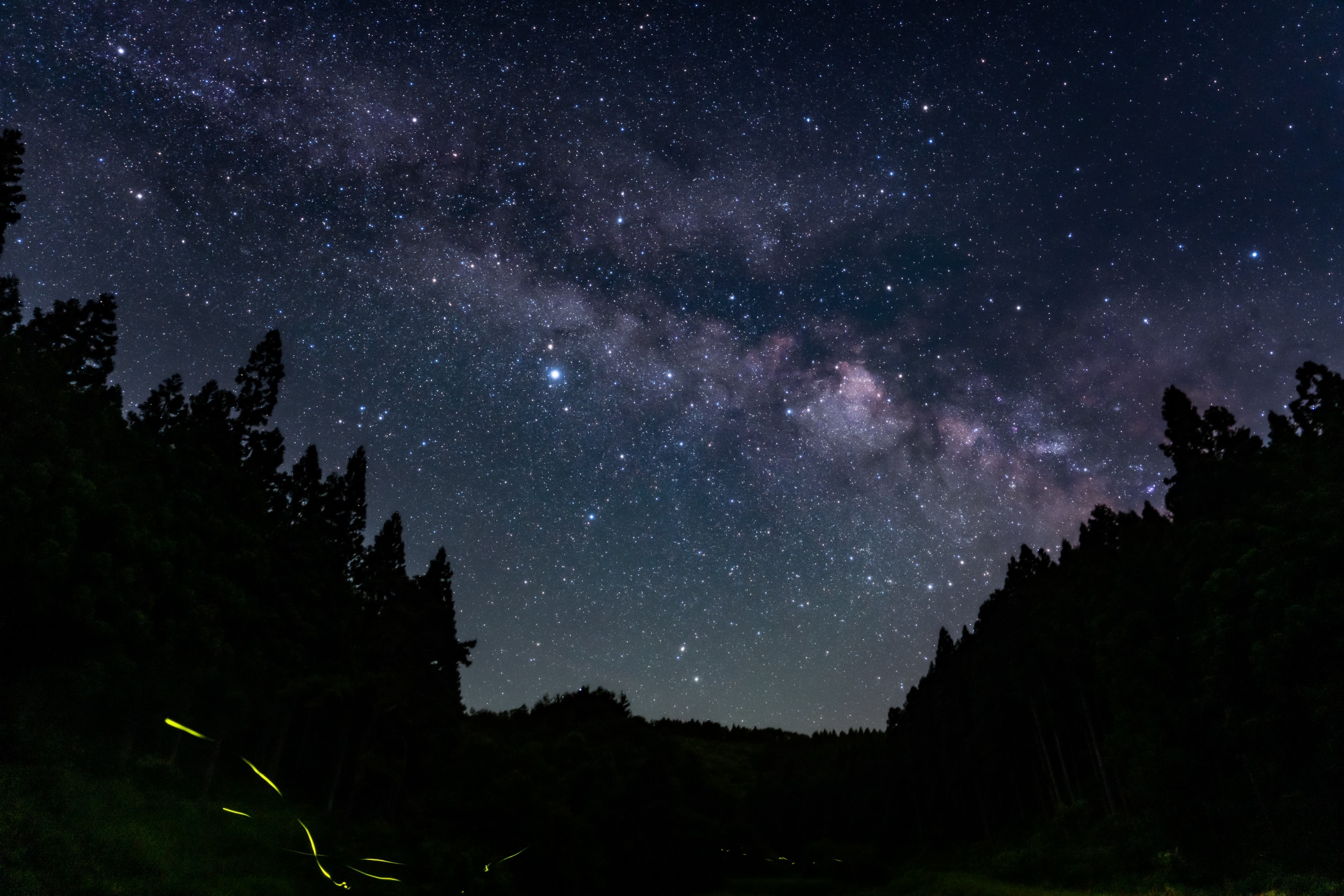
SIGMA 20mm F1.4 DG DN | Art, Sony α1, ISO 1000, F1.4, 30s
Standing below the vastness of a star-filled night sky is an overwhelming experience. Especially during the summer, when the Milky Way is visible in the sky, you may want to use a lens with a wider viewing angle to express the unfathomable expanse of the sky in contrast with the scenery found on earth. Lenses on the ultra-wide end, with focal lengths from 14 to 20mm, are quite popular in astrophotography for that reason. Usually, the maximum aperture of such lenses lie between F2.8 and F1.8, and photographers needed to go back to the narrower 24mm focal length if they needed larger apertures than that. Then, in 2015, SIGMA released the 20mm F1.4 DG HSM | Art. At a viewing angle 33% wider than that of a 24mm lens, it could still supply photographers with the astonishing brightness of an F1.4 aperture, making it possible to shoot at a lower light sensitivity and thereby resulting in a better image quality. As the brightness of a lens is the most decisive factor when trying to capture moving objects such as stars, the advent of this lens made a significant difference.
The newly released SIGMA 20mm F1.4 DG DN | Art is made exclusively for mirrorless cameras, and the short flange back distance resulting from this decision made it possible to reduce weight and size considerably. But what makes this lens truly special are its incredible optical capabilities. In fact, it would not be wrong to call it a true astrophotography lens, and the creation of this lens is testament to SIGMA's pride and confidence in their products.
A star-filled sky is the platonic ideal of a light source located at an infinite distance. This photographic subject is the true test that will draw out even the smallest faults of a lens. One of the most common of such flaws is sagittal coma flare that occurs at the periphery of the image, and it is a flaw to which wide-angle lenses are particularly susceptible. Due to sagittal coma flare, stars (single-point light sources at infinity) become distorted in the image, pulled apart like a bird spreading its wings. Of course, the appearance or absence of this aberration does not decide whether a photograph is good or not, but this particular optical defect is so despised in astrophotography circles that it has given rise to cliches and in-jokes: "When a stargazer looks at a photograph, they will start at the outer corners."
I was surprised to find that the 20mm F1.4 DG DN | Art suppresses sagittal coma flare almost perfectly even when used at maximum aperture. Seeing photographs of the night sky just as it appears to the eye, with every dot and detail captured accurately, is such a brilliant pleasure. I have also found that the contrast, the performance in backlit situations and the peripheral illumination of the lens are perfect even at F1.4. Unleashing the lens' liberating power without worrying about visual defects feels absolutely great.

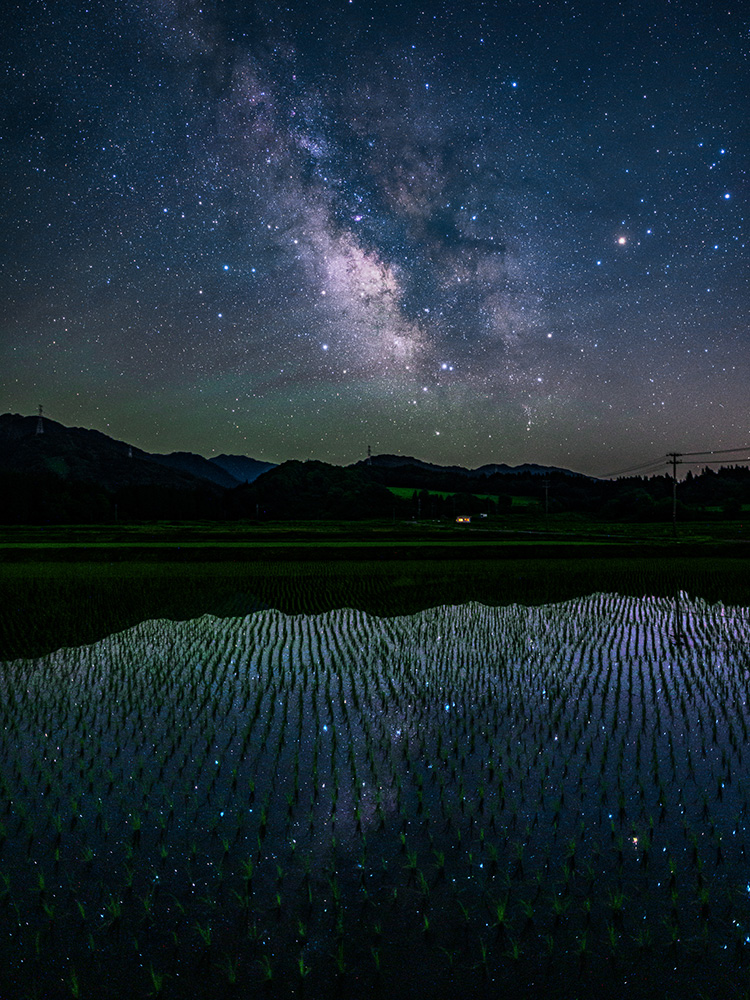
SIGMA 20mm F1.4 DG DN | Art, Sony α1, ISO 1600, F1.4, 30s
At F1.4, the world is much different than at F1.8. Even without raising the camera sensor's light sensitivity, an aperture of F1.4 renders all the rich color gradations of the Milky Way and still finds the fine details in earth's nightly scenery that are often lost to the darkness. With a maximum aperture of F1.4, the starry sky and the nightly earth may even reveal things invisible to the naked eye. It was still impossible to photograph the night as it appeared to the human eye not long ago. Still today I am amazed by how deep and diverse the starry sky can appear in photographs, illuminated only by the stars themselves, and how different landscapes can seem to those we are used to seeing during the day.
When you capture a sky illuminated only by nightglow, the faint light emitted by earth's atmosphere, perhaps with a shooting star falling to earth and the passing clouds painting a beautiful pattern, you understand the true uniqueness of each precious moment.
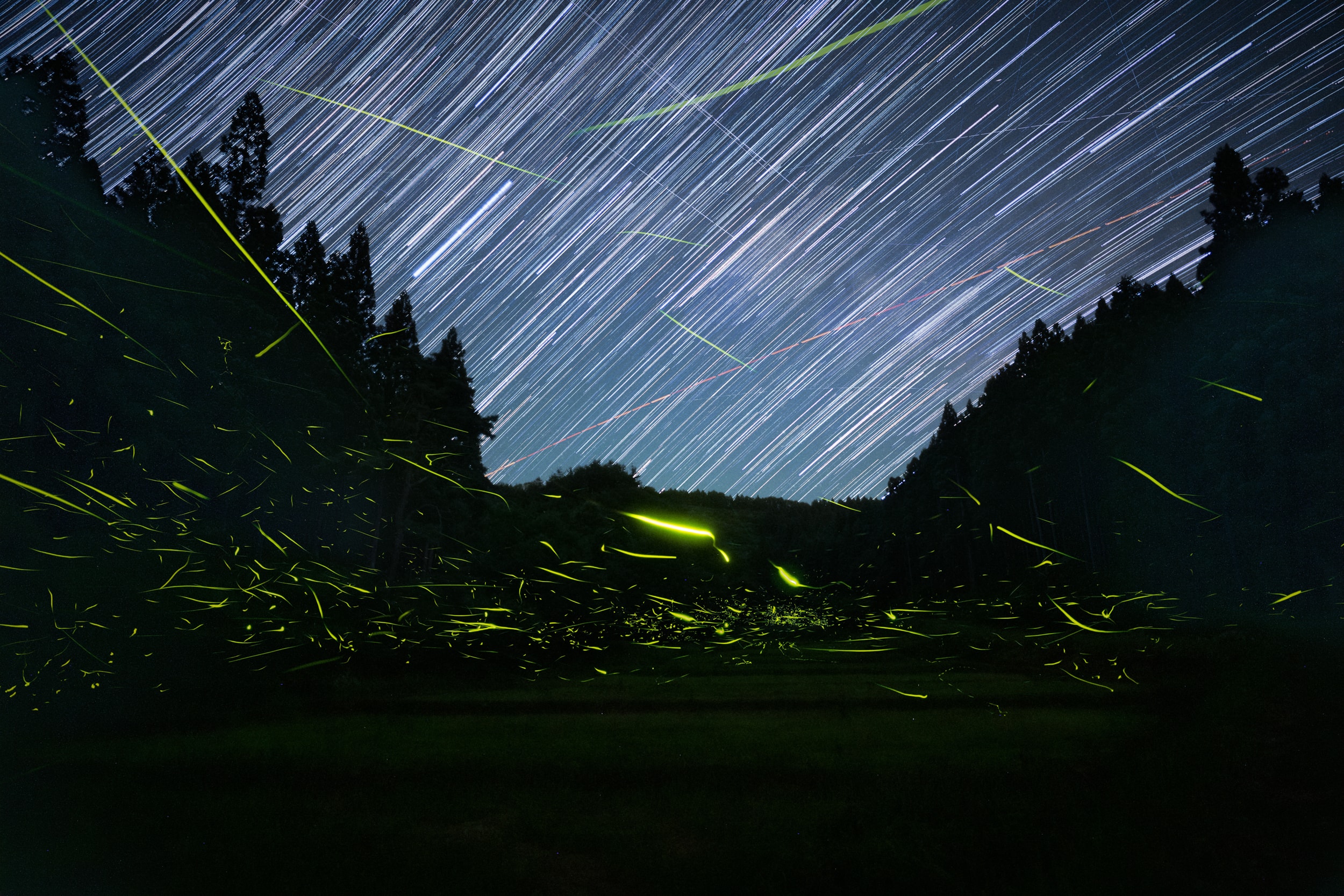
SIGMA 20mm F1.4 DG DN | Art, Sony α1, ISO 1600, F1.4, 30s
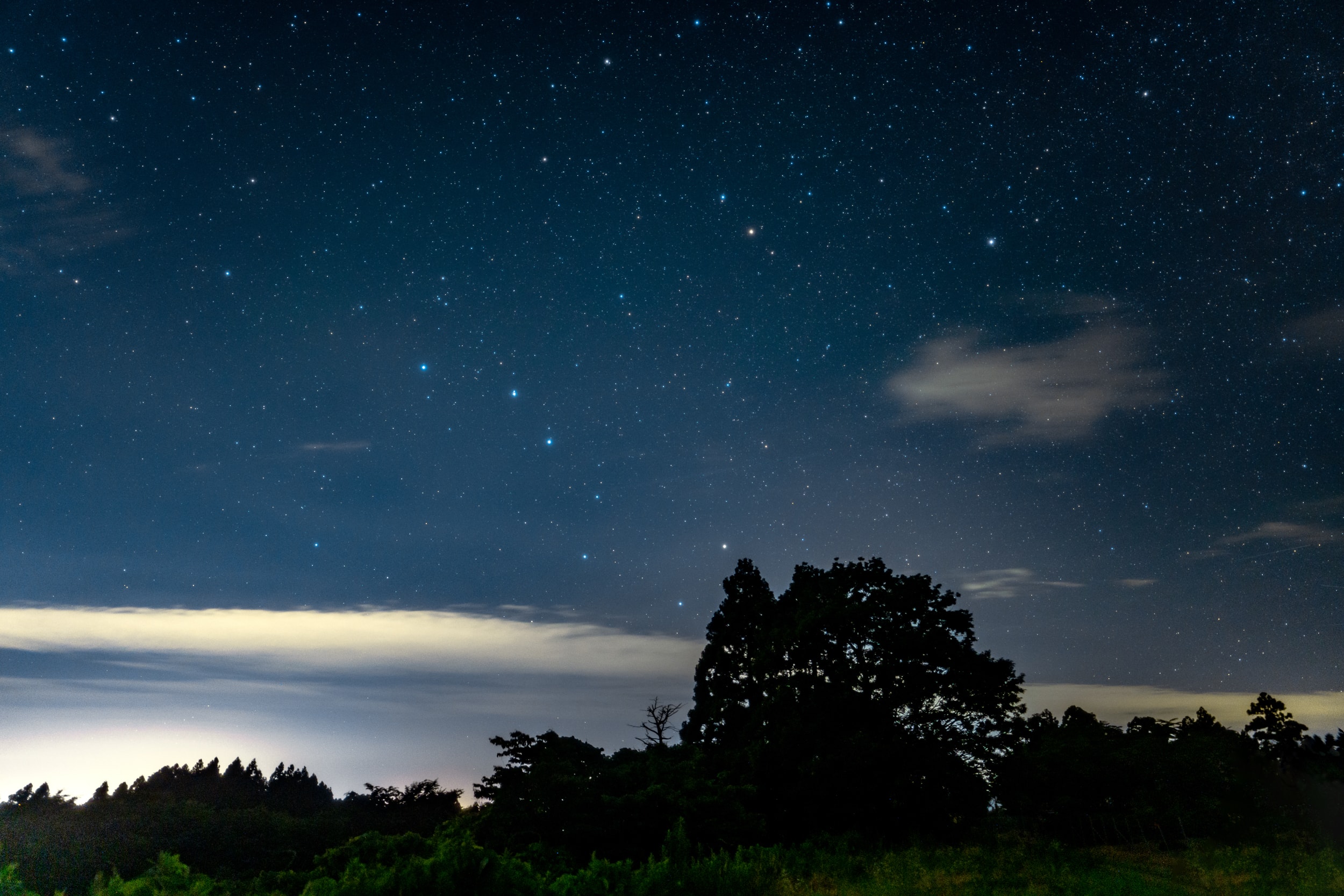
SIGMA 20mm F1.4 DG DN | Art, Sony α1, ISO 1600, F1.4, 15s
Diffusion filters have become an important tool in astrophotography, due to the incredible sharpness of modern digital cameras even in darkness. Diffusion filters were not really necessary during the film camera era, as the light from the stars was diffused somewhat evenly in the images thanks to the properties of photographic film. Digital camera sensors, however, are capable of recording the brightness of stars in single, individual pixels that tend to be saturated fairly quickly by these ideal single-point light sources. As a result, it is difficult to see any difference in brightness between the stars. First-magnitude stars (the brightest stars in the sky) appear almost as bright as third-magnitude stars, making it impossible to recognize constellations, and the resulting images differ drastically from what the human eye can see. This would be a major disadvantage when photographing the stars with a digital camera, but luckily diffusion filters help to mitigate this problem. In the beginning, such filters were usually glass filters attached to the front of the lens. But as wide-angle lenses gained in popularity, the peripheral image distortion caused by such a filter setup became a major obstacle on the path to better images. Peripheral image distortion occurs naturally whenever a filter (diffusion filters or other types) are attached to the front; the effect is negligible at normal and tele lengths but at focal lengths of 35mm or wider the effect becomes gradually stronger. A simple and the most common solution is to attach the filter to the rear of the lens instead of the front. The SIGMA 20mm F1.4 DG DN | Art features not only a filter thread on the front but also a filter holder on the rear, which is a tremendously helpful addition for shooting modern astrophotography. With the diffusion attached to the rear, the front filter thread remains free to be used with other filters, such as light pollution filters that reduce the effects of artificial sodium-vapor and mercury-vapor light sources. This allows the photographer much more freedom and creative possibilities.

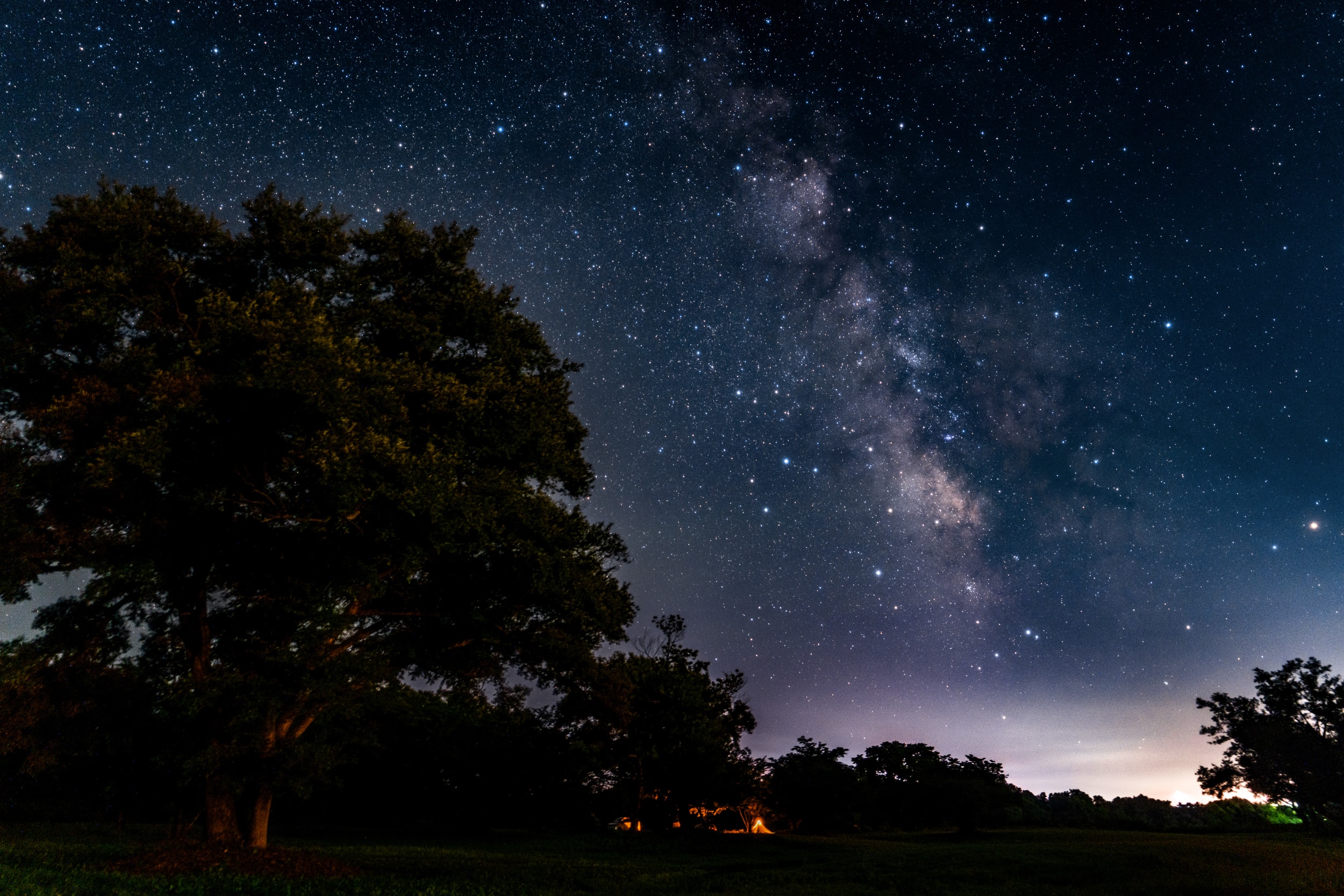
SIGMA 20mm F1.4 DG DN | Art, Sony α1, ISO 1000, F1.4, 30s
An example: I noticed a reflection in the water that showed the Big Dipper hovering in the sky above the nightly city. I already had a diffusion filter attached on the rear, but because I wanted to put even more emphasis on the stars in my image I decided to add a second diffusion filter to the front. I was aware of the distortion this would introduce in the periphery of the image, but to me it was a worthy trade to increase the light diffusion even further and heighten the Big Dipper's sense of presence in my photo. The possibility to quickly adapt to new situations thanks to the front and rear filter possibilities is a significant advantage of this lens.
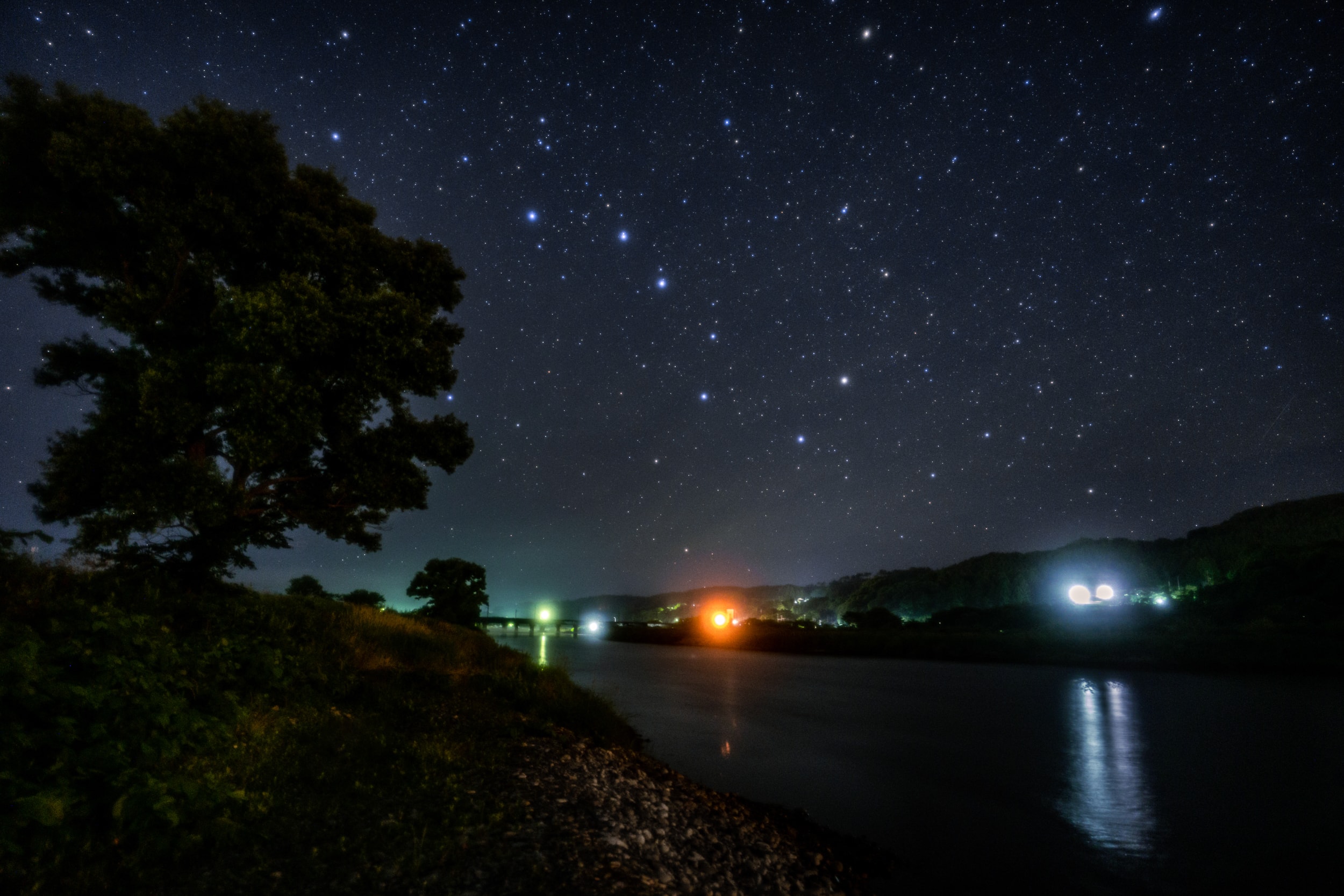
SIGMA 20mm F1.4 DG DN | Art, Sony α1, ISO 1000, F1.4, 20s
And there are further features that make this an ideal lens for starry night photography, such as the MFL switch that locks the focusing distance and especially the lens heater retainer. Japan features a humid climate; all year round the front lens element is subject to condensation or even frost. The lens heater retainer makes it easy to use lens heaters to prevent condensation from forming without having to worry about the heater entering the image and causing unsightly vignetting--another subtle but invaluable feature that will be highly appreciated in a variety of situations when the lens needs to stay in place for a long period of time, from timelapse photographs to waiting for meteor showers or taking long-exposure images of fireflies.

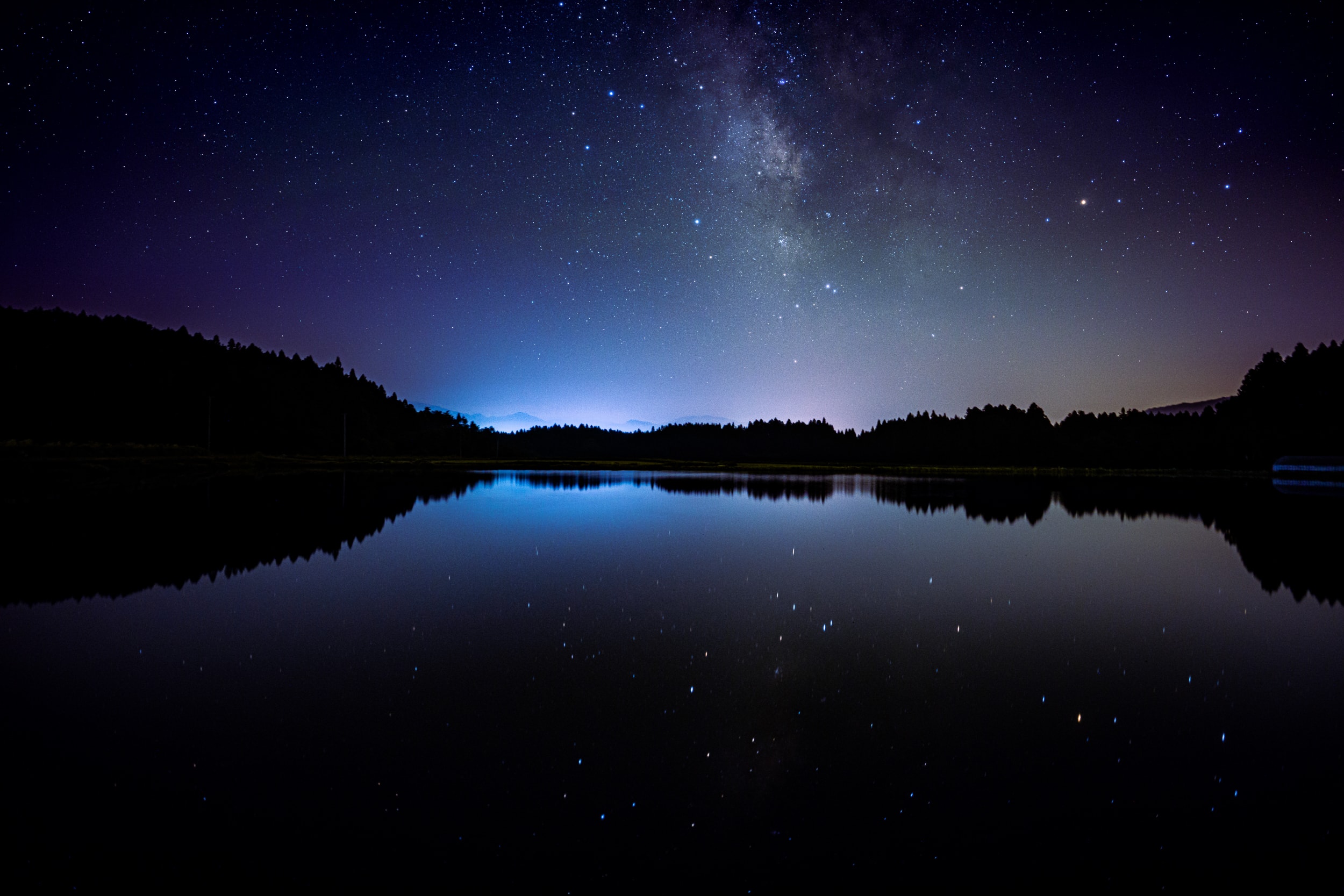
SIGMA 20mm F1.4 DG DN | Art, Sony α1, ISO 1250, F1.4, 30s
